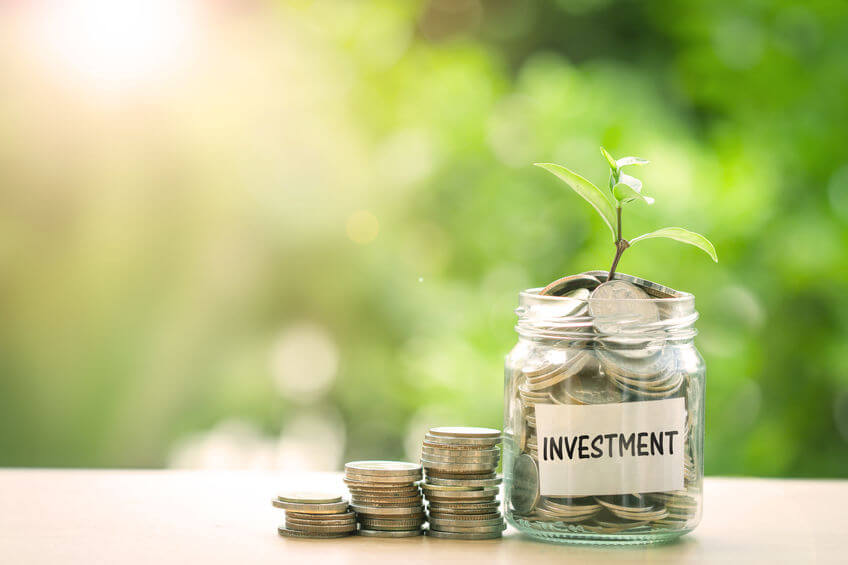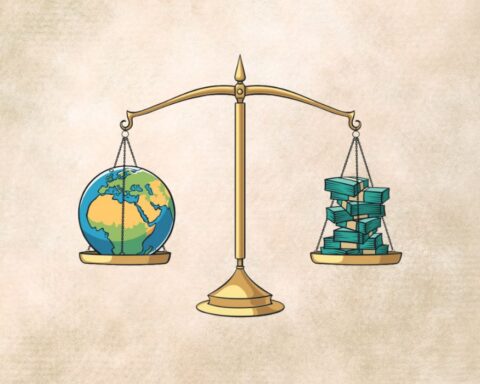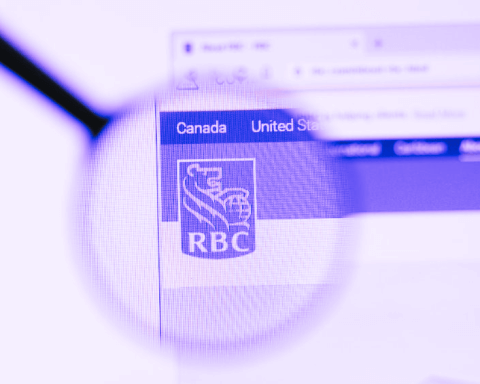It’s RRSP season, and Canadians are figuring out how to invest their savings by the March 2 deadline.
For most, the default setting is to walk into their bank, buy mutual funds, and walk out as quickly as possible. The problem is that people rarely have any idea how much they’re paying in fees and they have no clue what companies are inside those funds.
That’s why the new trend is to purchase exchange-traded funds (ETFs) that have much lower fees and are much more transparent than mutual funds, making it easier for Canadians to invest with their values.
ETFs have surged in popularity over the last decade. What started as a niche offering for do-it-yourself investors has now become the most popular investment vehicle in Canada. ETFs represent about 11 per cent of the almost $2 trillion that Canadians have invested, but Canadian ETFs attracted a record $30 billion in 2019, outpacing the sale of mutual funds, according to the Canadian ETF Association.
While there were only a few sustainable ETFs a decade ago, the industry is evolving, and more sustainable ETFs are coming out every year.
Following RBC’s launch of six sustainability-themed iShares ETFs in 2019, BMO joined in this January, by releasing a new lineup of eight sustainable ETFs called ESG ETFs into the Canadian marketplace.
The two most popular strategies for responsible investors are sector exclusion (often called divestment) and the integration of environmental, social and governance (ESG) data.
Historically, responsible investing was heavily influenced by the Mennonite community in Canada, which meant that the most typical ethical fund exclusions were “sin sectors” like tobacco, alcohol, gambling and weapons.
In recent years, environmentalists started calling for investors to divest from fossil fuels; there is lots of momentum behind this movement. ESG integration is a little more nuanced, with companies being graded on their promises, policies and performance regarding ESG issues.
One critique of ESG integration is that it doesn’t consider the product or service the company is selling, which is why it should really be used alongside sector exclusion.
Nonetheless, BMO’s new ESG ETFs are impressive. The funds exclude tobacco, alcohol, gambling, conventional weapons and civilian firearms, any controversial weapons, as well as companies involved in severe controversies.
Additionally, by following the MSCI ESG Leaders Index methodology, they are employing one of the strongest ESG integration definitions I’ve seen among Canadian ETFs. Companies are ranked by ESG rating and the funds include roughly the top half of companies within each sector.
This methodology means that sector breakdowns will be the same as traditional ETFs but with only about half of the number of companies — those with the highest ESG scores.
Investors who want to divest from fossil fuels will be disappointed in the Canadian equity offering since oil, gas and pipelines are still included. For example, Suncor and Enbridge make up a combined 15 per cent of the BMO MSCI Canada ESG Leaders Index ETF (ESGA). Suncor and Enbridge both have decent ESG ratings, which is why they are still included in the fund.
Otherwise, their “all-in-one” ETFs make life easier for sustainable investors. For example, the BMO MSCI Global ESG Leaders Index ETF (ESG) is a combination of their Canadian, U.S. and Europe/Australia/Japan funds, while the BMO Balanced ESG ETF (ZESG) takes this global diversification and adds in Canadian bonds to create a balanced portfolio. This “all-in-one” approach is popular among traditional investors, so I’m thrilled to have it as an option for sustainable investors.
On the fee front, Canadians pay some of the highest investment fees in the world. The average mutual fund Management Expense Ratio (MER) is about 2.25 per cent. ETFs, by comparison, have an average MER of about 0.3 per cent and the BMO ESG ETFs have MERs that even lower, at 0.17–0.22 per cent, continuing the downward trend of management fees.
Tim Nash blogs as The Sustainable Economist and is the founder of Good Investing.







